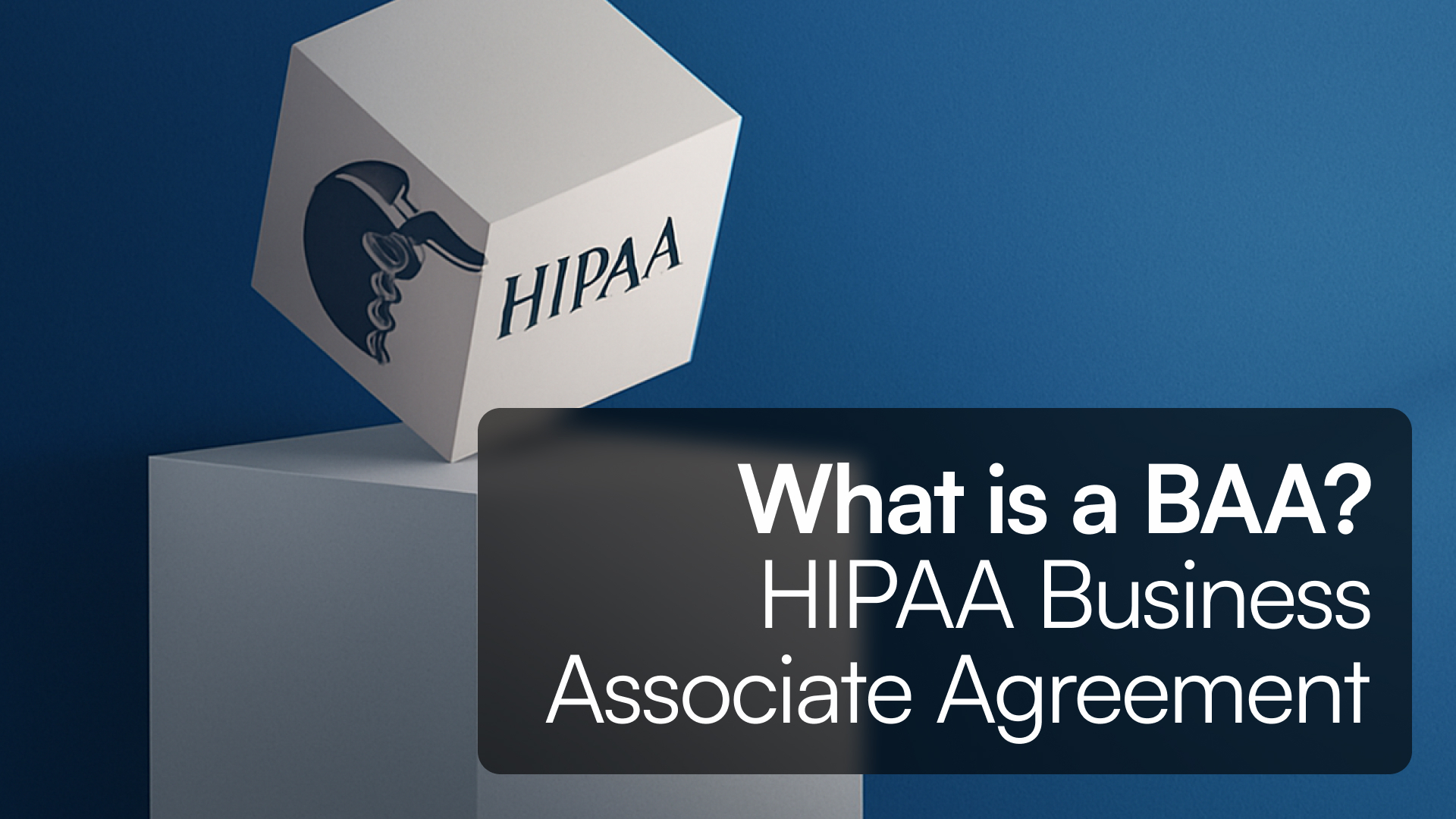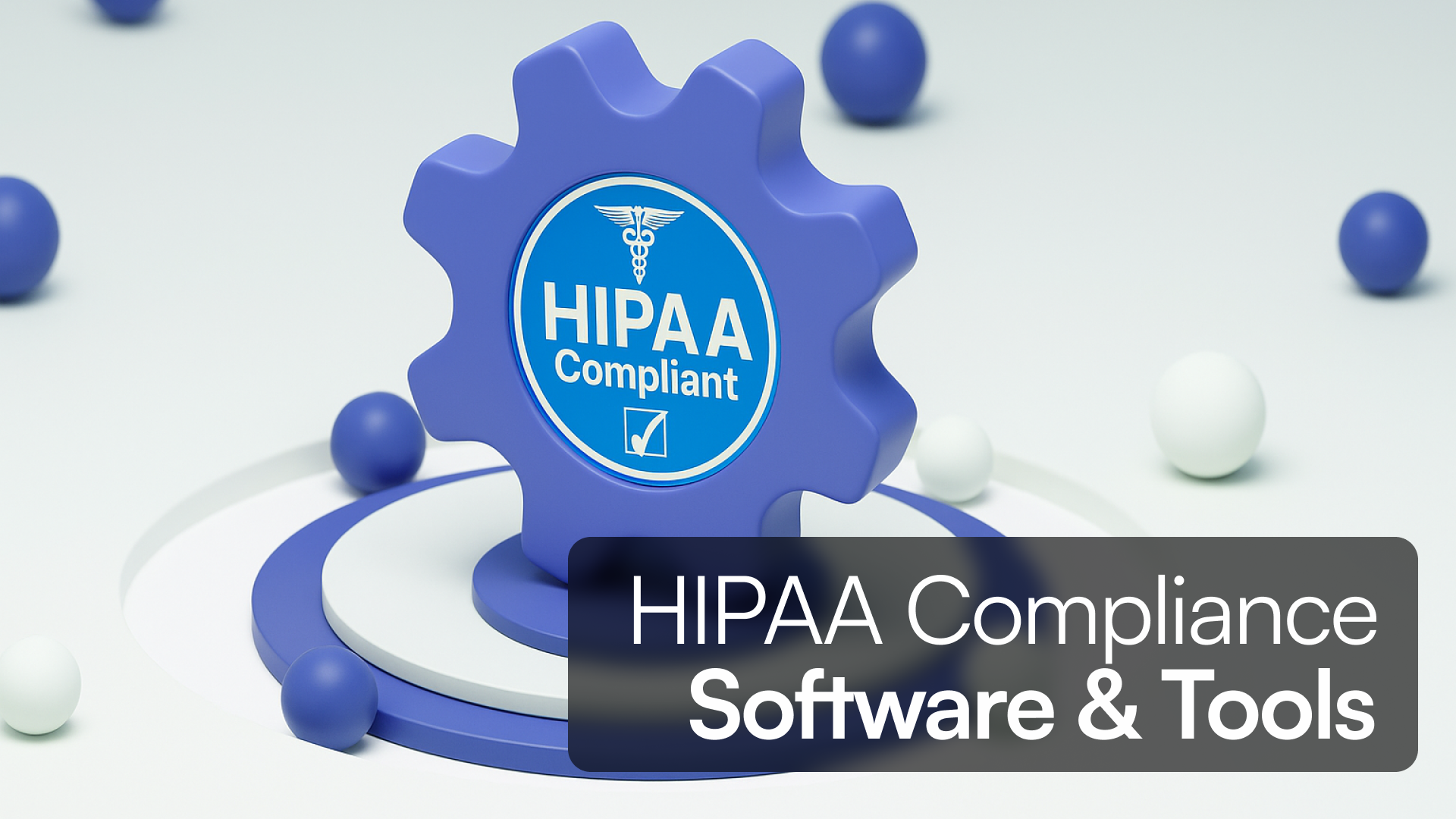Introduction
HIPAA compliance isn’t just a checkbox for healthcare IT—it’s a framework for protecting human dignity. When you build tools that handle sensitive patient data, you're not just managing fields in a database. You're safeguarding trust, privacy, and well-being. That responsibility is profound. And if you're building with Tadabase, it's also completely achievable.
This guide gives you everything you need to not only understand HIPAA but to actively embed it into your Tadabase applications and internal tools. From federal rules to frontline implementation, from real-world checklists to downloadable resources—you’ll walk away ready to act.
What is HIPAA Compliance?
HIPAA (Health Insurance Portability and Accountability Act) is a U.S. law requiring the protection of Protected Health Information (PHI). It outlines specific safeguards—technical, administrative, and physical—to ensure data privacy and security.
HIPAA Includes Three Key Rules:
-
Privacy Rule: Regulates when and how PHI can be used or disclosed.
-
Security Rule: Requires protections for electronic PHI (ePHI).
-
Breach Notification Rule: Details what to do in case of a data breach.
Who Needs to Comply?
HIPAA applies to:
-
Covered Entities: Healthcare providers, insurers, and clearinghouses.
-
Business Associates: Anyone who handles PHI on behalf of a Covered Entity.
If you build apps, internal tools, or data systems for healthcare clients, you are likely a Business Associate and legally obligated to comply.
Who is a Covered Entity or Business Associate?
Why HIPAA Compliance Matters for App Builders
HIPAA isn't just about avoiding lawsuits or fines (though those are real: up to $1.5M per violation per year, and potential jail time for willful neglect). It's about:
-
Protecting real people from stigma, fraud, and harm
-
Maintaining contracts and eligibility for high-trust clients
-
Building credibility as a serious healthcare software provider
Think of HIPAA like safety railings on a high-rise balcony. Your users could bypass them, but a thoughtful builder never lets that happen.
Shared Responsibility: Tadabase + You
Tadabase handles much of the heavy lifting:
-
Encrypted data in transit and at rest
-
Audit logs for all access and changes
-
Role-based access and permission layers
-
Private cloud/VPC hosting options
- Business Associate Agreements (BAAs) for customers on eligible HIPAA plans
But you are responsible for:
-
Workflow logic (e.g., who sees what)
-
Internal team training and access policies
-
BAAs with any 3rd-party vendor you use
-
Regular risk assessments
Learn more in our Architecting for HIPAA guide.
10-Step HIPAA Compliance Framework

-
Determine Which HIPAA Rules Apply
-
Appoint a Privacy Officer
-
Appoint a Security Officer
-
Identify What Counts as PHI
-
Conduct a PHI Audit
-
Minimize and Simplify PHI
-
Educate Your Team
-
Build a Breach Response Plan
-
Understand Reporting Exceptions
-
Stay Updated
Tadabase Tools That Help

-
Granular Roles and Permissions
-
Audit Logging
-
Data Encryption
-
Form Logic & Workflow Rules
-
Custom Hosting Options
Explore Tadabase HIPAA Solutions
Common Pitfalls to Avoid
-
Failing to disable ex-employee access
-
Storing PHI in non-compliant tools (e.g. spreadsheets)
-
Missing or unsigned BAAs
-
Not encrypting file uploads
-
Assuming HIPAA only applies to external-facing tools
HIPAA Compliance Glossary
- BAA (Business Associate Agreement): A contract between a HIPAA-covered entity and a vendor who will have access to PHI.
- Breach: Unauthorized access, use, or disclosure of PHI.
- Covered Entity: Organizations like healthcare providers and insurers that are subject to HIPAA.
- ePHI: Electronic Protected Health Information.
- Encryption: The process of encoding data to prevent unauthorized access.
- Least Privilege Principle: Giving users the minimum level of access they need.
- OCR (Office for Civil Rights): The federal agency enforcing HIPAA compliance.
- PHI (Protected Health Information): Any health data that can identify an individual.
- Security Rule: Requires protections for electronic PHI.
- Privacy Rule: Sets standards for how PHI should be used and disclosed.
- Workforce: Employees, volunteers, trainees, and others under the control of a covered entity.
- Minimum Necessary Standard: Limits PHI access to the minimum amount needed to perform a task.
- HITECH Act: Expands HIPAA rules and adds breach notification requirements.
- De-identification: Removing identifiers from PHI so it no longer qualifies as PHI.
- NPI (National Provider Identifier): A unique 10-digit ID for healthcare providers.
- Security Incident: A suspected or actual attempted unauthorized use of PHI.
- Data Use Agreement (DUA): Required when disclosing a limited data set for research or operations.
FAQs
What is considered PHI under HIPAA?
Any health information that can identify a person—like name, address, diagnosis, lab results.
Do I need a BAA with every software vendor?
Yes, if they access or process PHI.
Can I build a HIPAA-compliant app with Tadabase alone?
Yes, if you configure it correctly and manage compliance responsibilities.
Does HIPAA apply to internal tools?
Yes, even if not customer-facing.
What’s the training requirement?
Training is required on hire and annually.
What happens after a breach?
You must notify affected individuals, HHS, and possibly the media.
Compliance Scenarios
Scenario 1: Intake App
- Tadabase app manages patient intake
- Role-based access limits what reception vs. providers see
- PHI encrypted and backed up
Scenario 2: Internal Lab Workflow Tool
- Tadabase centralizes lab results and flags delays
- Permissions prevent overexposure of PHI
- Secure login with MFA and logs
Scenario 3: Consultant Developer
- Freelancer builds PHI-enabled portal
- Uses Tadabase’s Private Cloud
- Must sign own BAA and log activity
Scenario 4: Teletherapy Scheduling System
- Platform supports HIPAA-safe therapist-patient scheduling
- Patients enter PHI into Tadabase forms
- Access limited to assigned providers only
Scenario 5: Clinical Trial Management Platform
- Handles participant consent forms and treatment logs
- Tadabase enables audit trails for regulatory oversight
- Separate permission groups for researchers and trial coordinators
Scenario 6: Home Health Monitoring Dashboard
- Families and clinicians view secure patient updates
- IoT device data streamed into Tadabase securely
- Alerts triggered on vital sign anomalies
Scenario 7: Nonprofit Mental Health Outreach
- Custom CRM built on Tadabase for community therapists
- Intake, triage, and referral workflows with PHI segmentation
- Staff trained on HIPAA basics and data minimization
Scenario 8: Hospital Equipment Request Tracker
- Tracks which departments request, approve, and receive devices
- PHI fields for patient-assigned devices encrypted
- Logs track equipment movement and approvals
Scenario 9: Multi-Clinic Admin System
- Regional administrators monitor clinic metrics centrally
- Tadabase app shows KPIs without surfacing PHI
- Local teams input and manage patient records independently
Scenario 10: Remote Patient Registration App
- Field teams onboard patients via tablets
- Offline-first Tadabase form collects HIPAA-compliant data
- Auto-syncs to secure cloud when reconnected
Scenario 11: ABA Therapy Data Management Platform
- A behavioral health center uses a Tadabase-powered platform to manage therapy schedules, progress notes, and parent communication.
- Built using the ABA Therapy template, the app ensures data isolation by therapist and patient.
- PHI is encrypted and only accessible by assigned clinicians under the Least Privilege Principle.
Customer Spotlight: Aeris Medical Group

Aeris Medical Group, operating across the Midwest, needed a HIPAA-compliant communications system.
With Tadabase, they:
-
Centralized cross-platform messaging
-
Built a custom app with no code
-
Saved $100K+ on dev costs and $80K+ on operations
“I still remain completely unable to write a line of code and I have a beautiful app to show for it.” — Dr. Joey Greenberg
Tadabase signs BAAs with customers on eligible HIPAA-compliant plans, ensuring compliance from the infrastructure layer up.
Conclusion
HIPAA compliance isn’t just about laws. It’s about building trustworthy systems that protect people.
With Tadabase, you don’t just check boxes—you build secure, scalable, powerful apps that meet modern healthcare needs.







